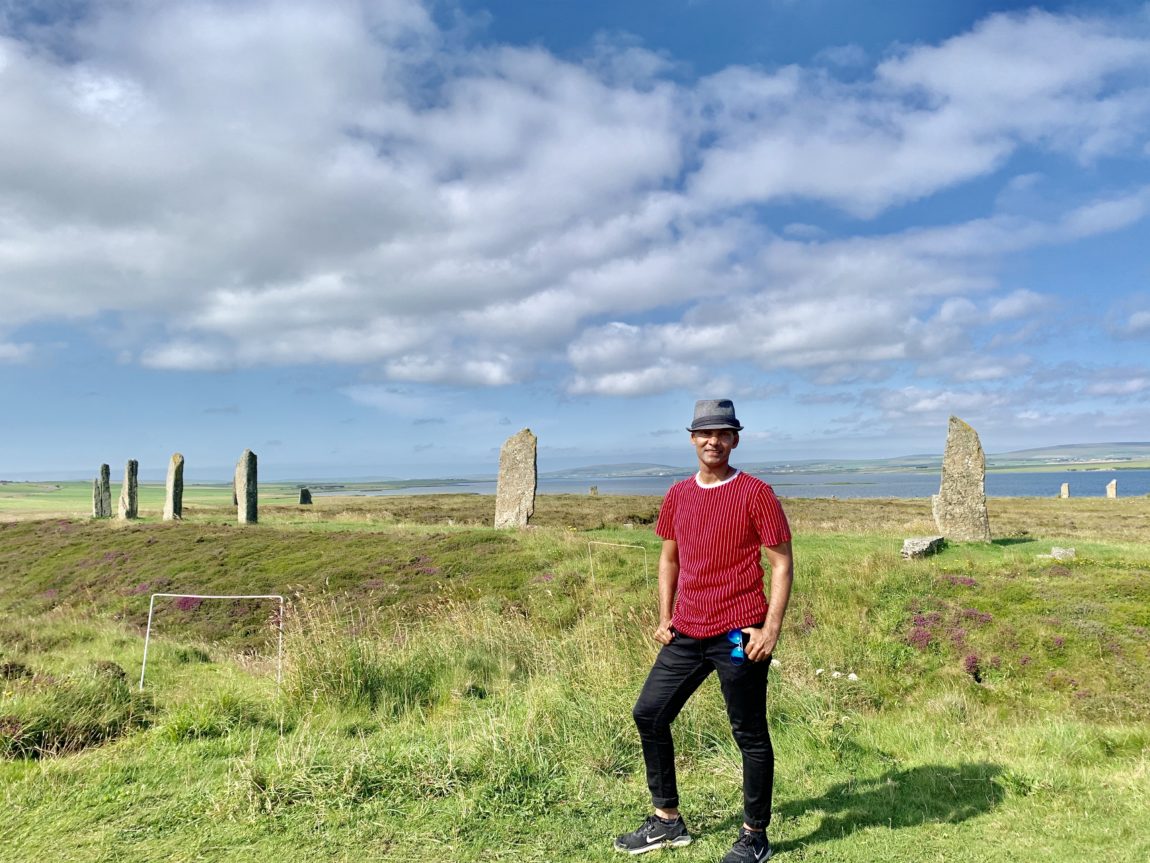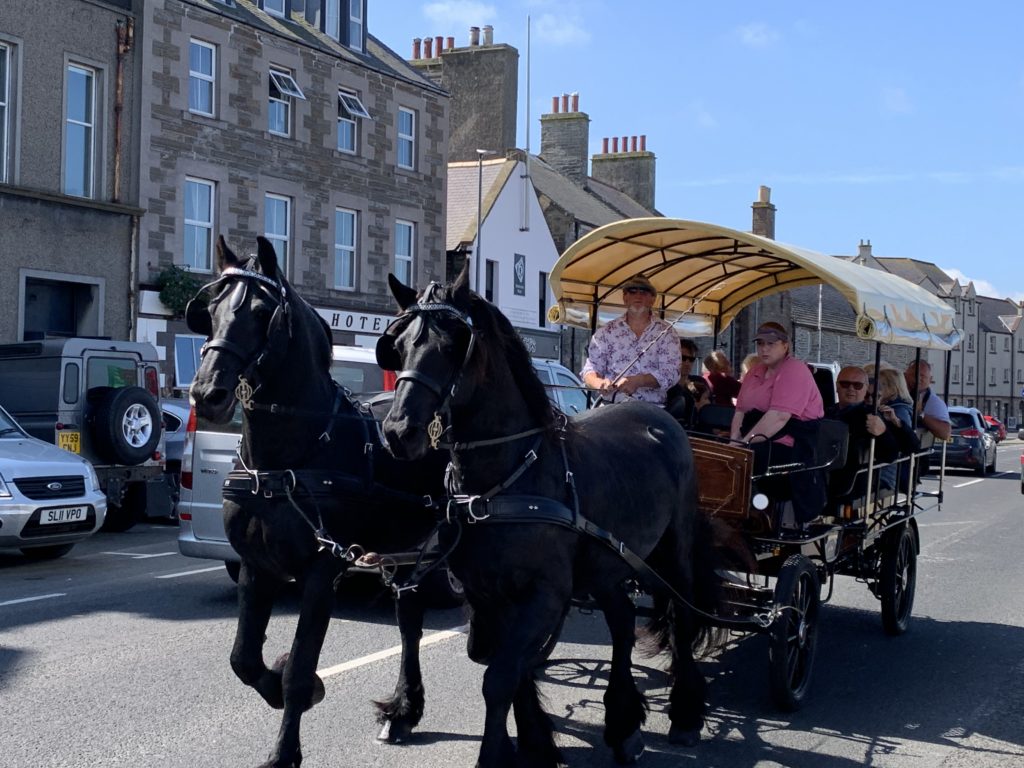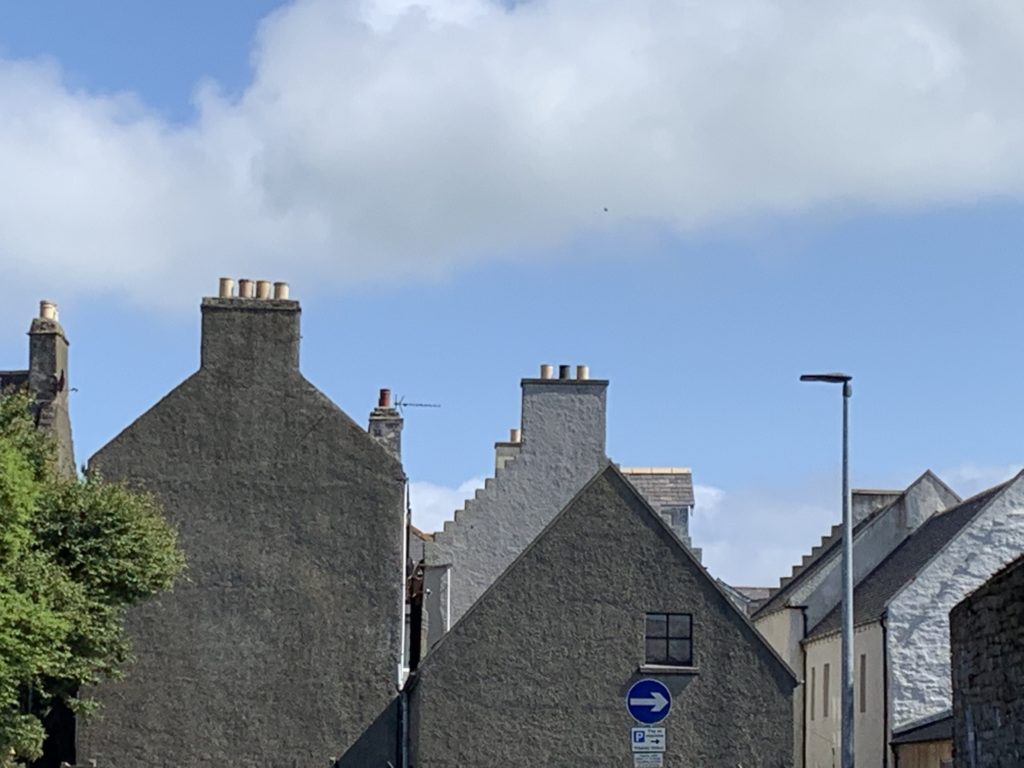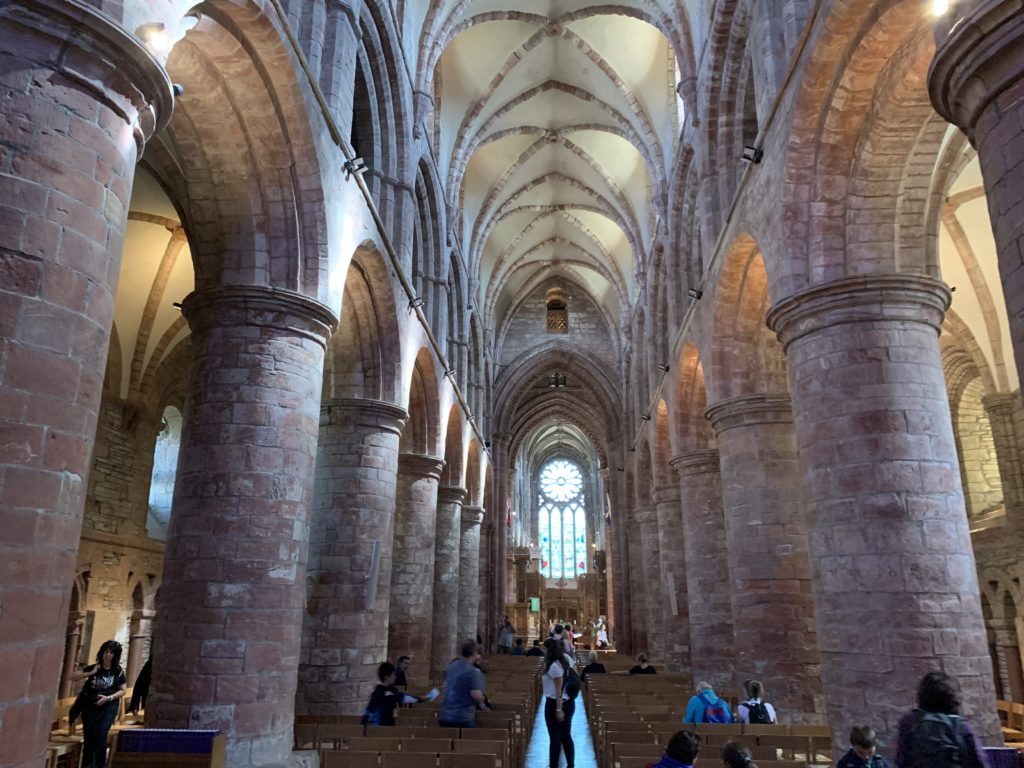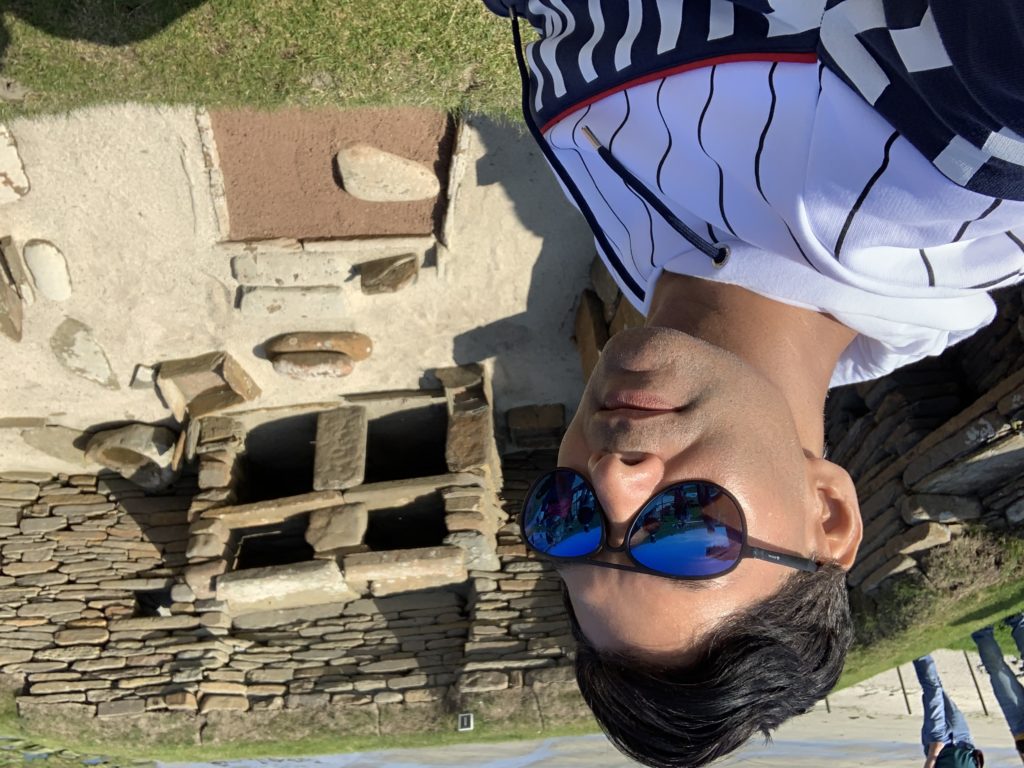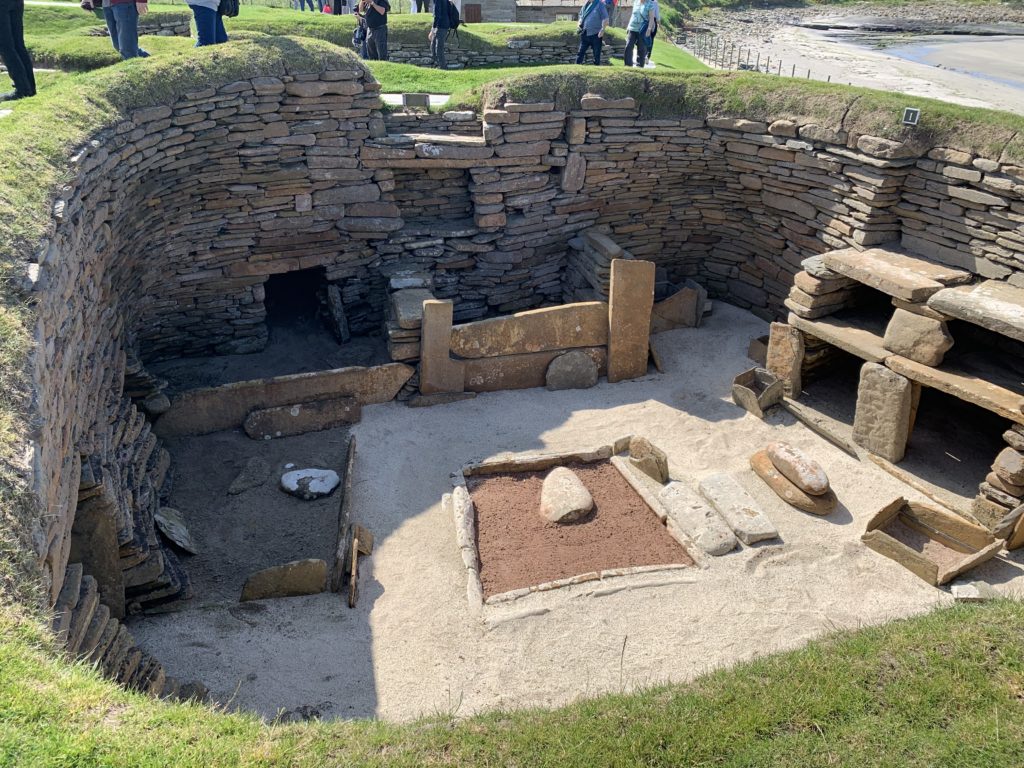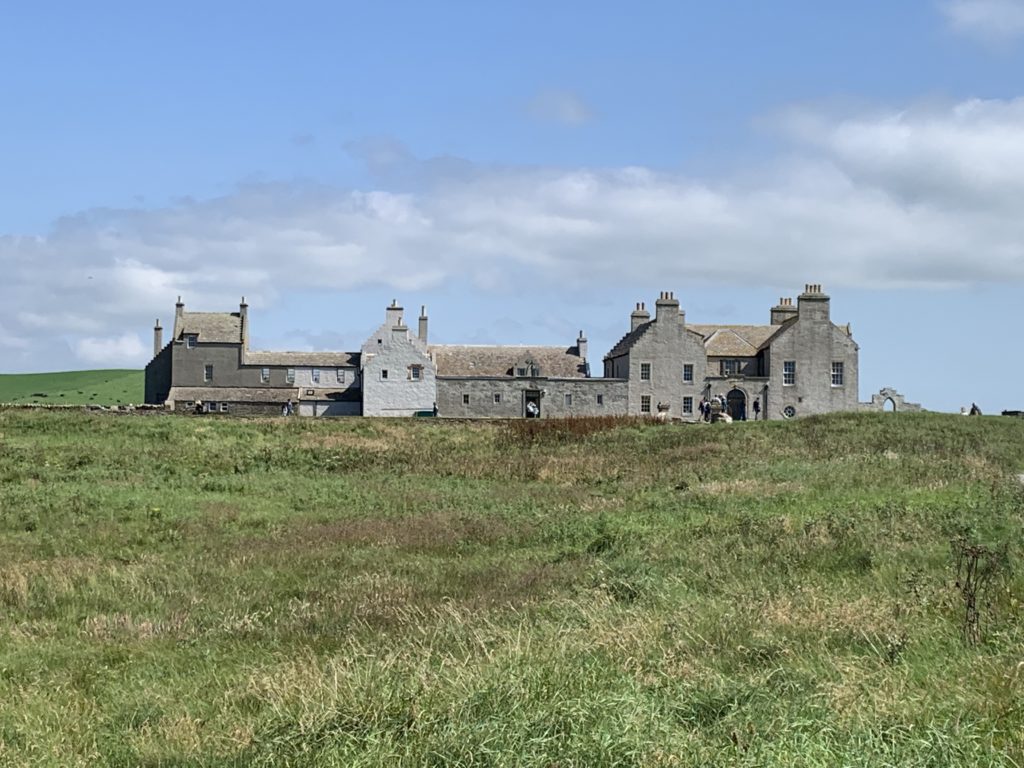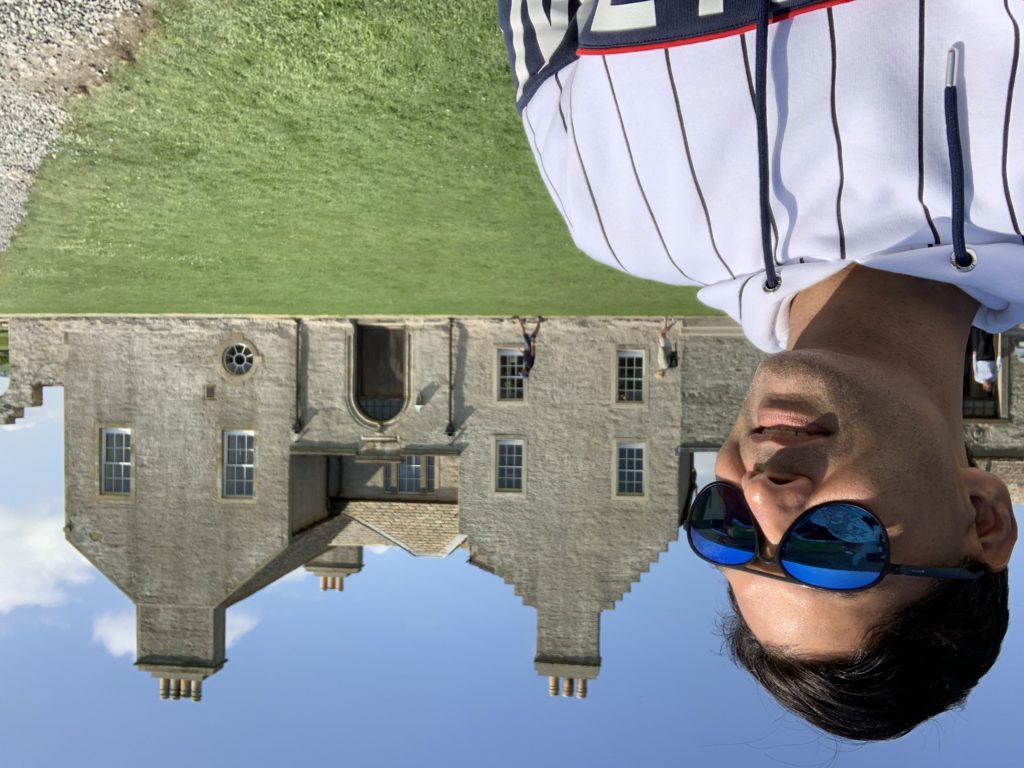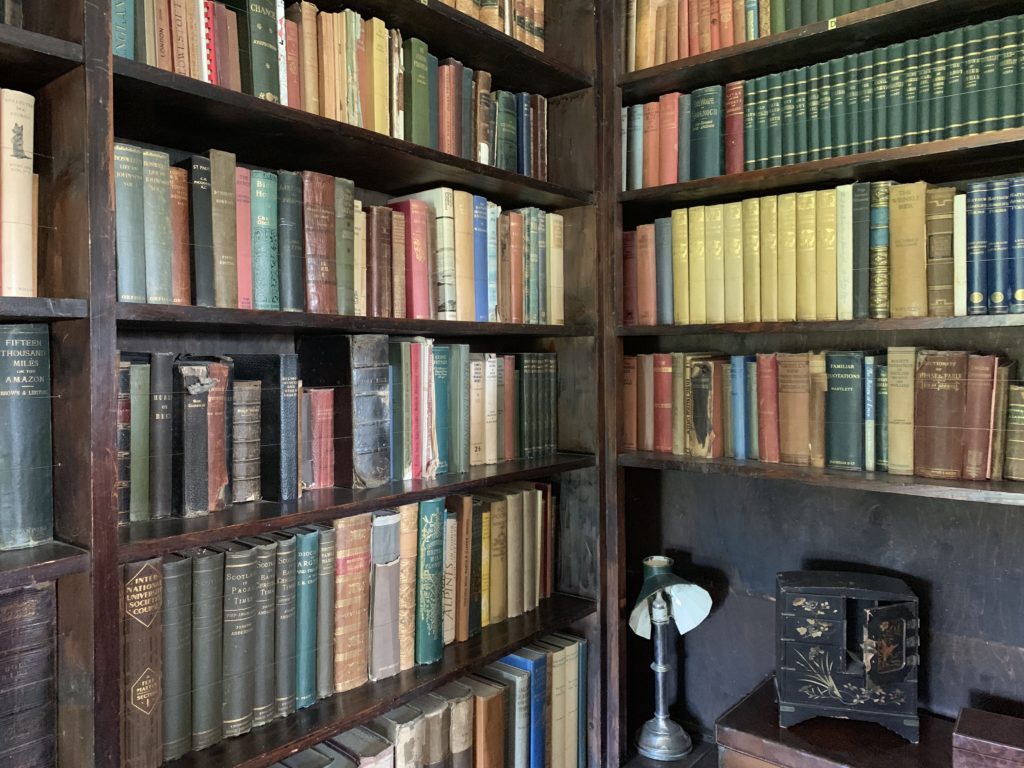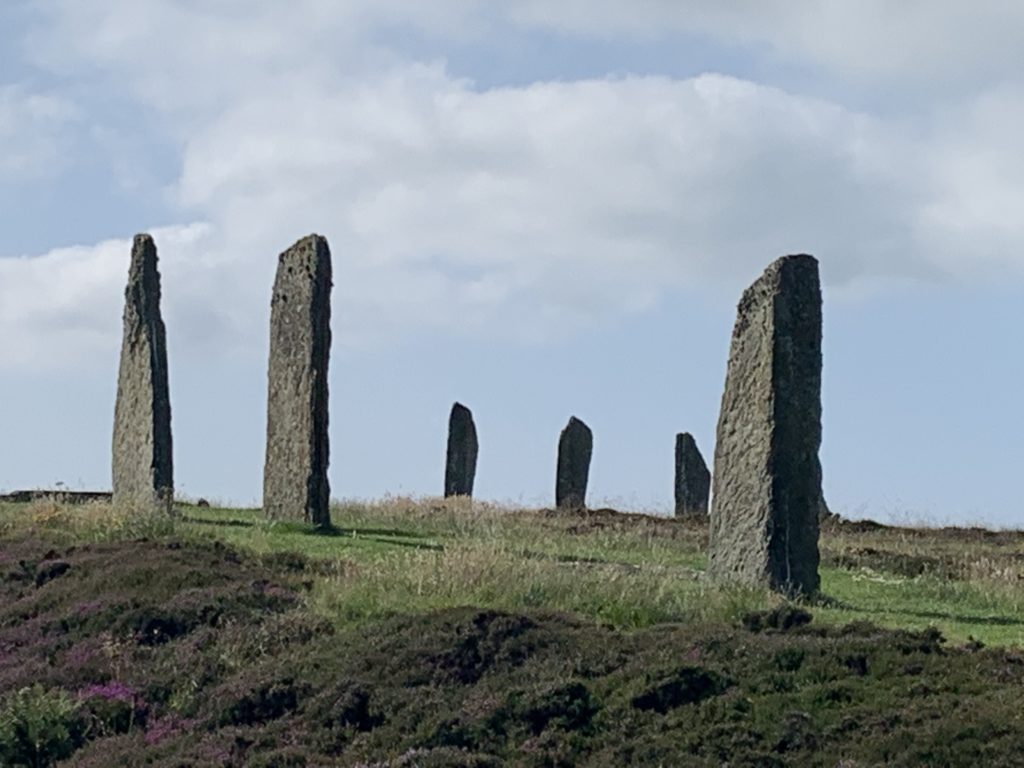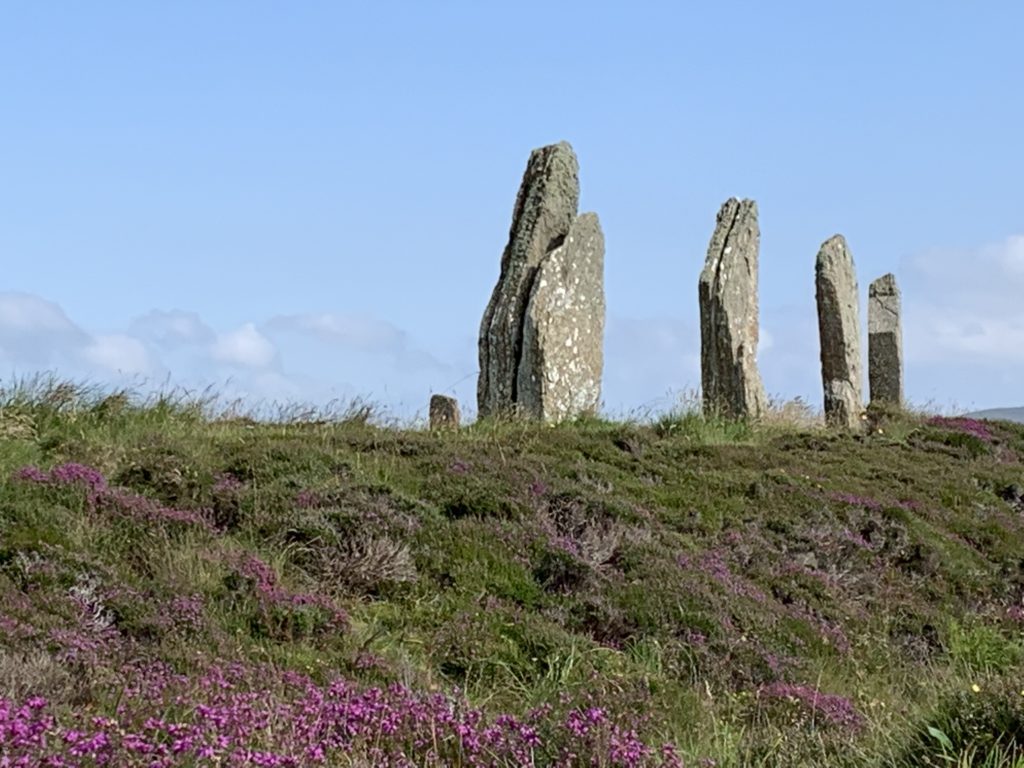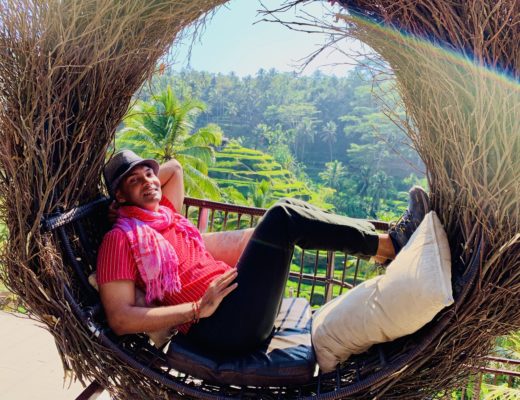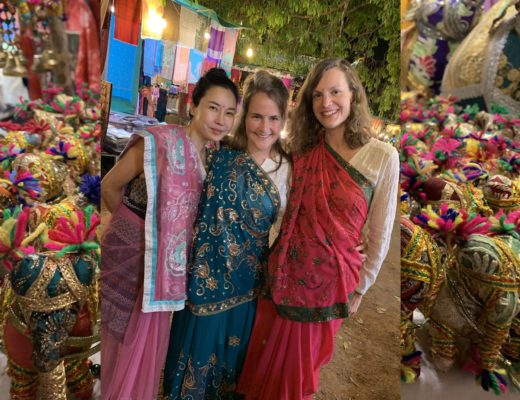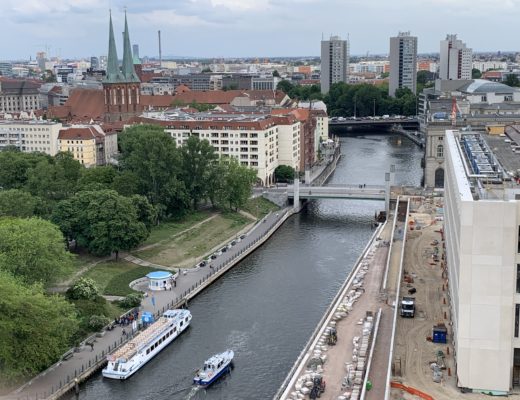Since I had not much to do in Inverness, I decided to take the Orkney Day tour which meant that I had to wake up at 5:45am to get ready and be in time to board the bus at Inverness bus station at 7am.
The ride was definitely very scenic. The morning fog made everything look so mysterious. I’m so glad that I decided to fork £76 to be taken way far up North which would have not been possible using local buses and trains. Also, this was once in a life time opportunity since I’ve no idea when I’ll be back up this way.
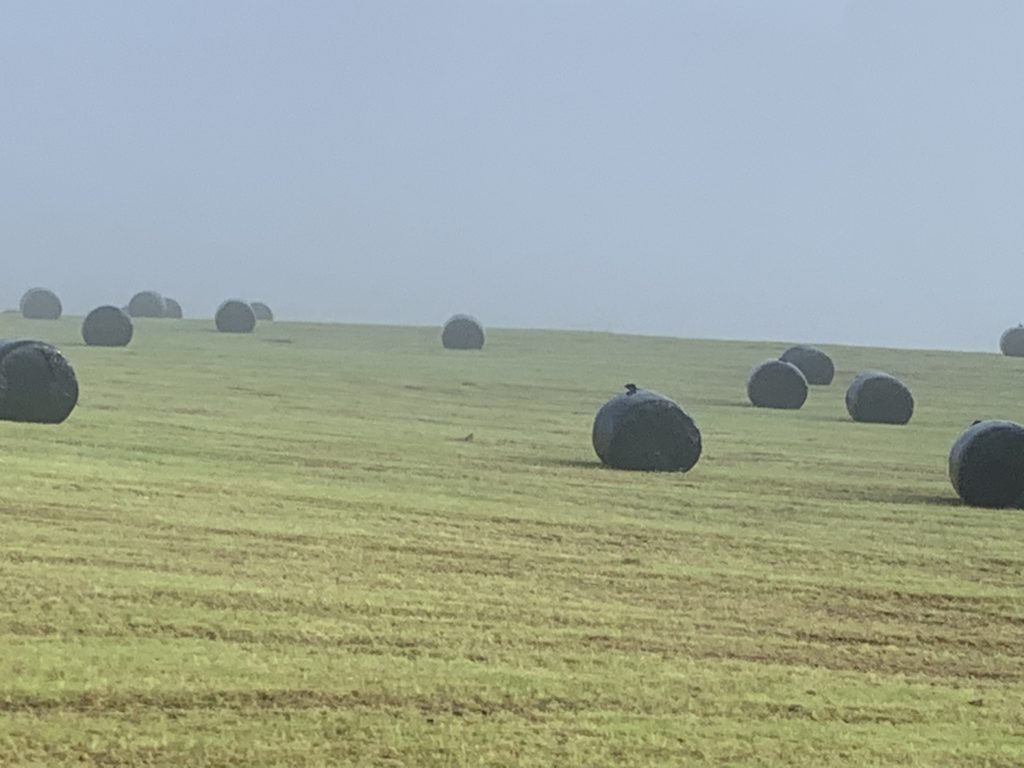
What excited me more about the Orkney Islands is that it’s an archipelago in the Northern Isles of Scotland and comprised of 70 islands but only 20 of them are inhabited. In fact, the islands have been inhabited for at least 8,500 years. Orkney was colonized and later annexed by Norway in 875 and settled by the Norse. Scottish Parliament then annexed the earldom to the Scottish Crown in 1472, following the failed payment of a dowry for James III’s bride Margaret of Denmark. The flag of Orkney looks a lot like the flag of Norway because the locals feel a strong connection to their Norwegian ancestry.
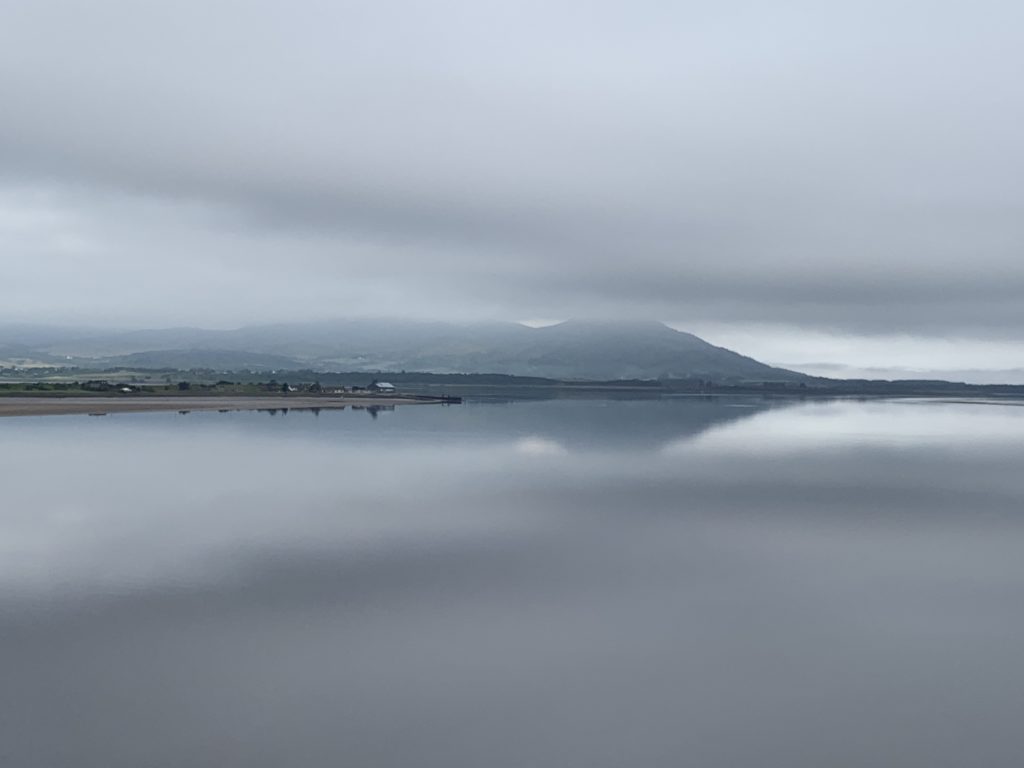
We drove through the Sutherland estate and our guide informed us about the Duke and his atrocities to the farmers, whom he kicked out from his land because sheep herding was more profitable. He even owned the best art collection in all of UK. After his death, there has been a memorial statue placed in his estate and the plaque reads ‘of loved revered and cherished memory erected by his tenantry and friends.’ Which is like adding salt to old wounds of the displaced farmers. There has been attempts made to topple off the memorial but it stands tall reminding everyone of what he did.
As we went up further north, I was happy to see the goats, sheep and cows in their natural green habitat to roam free. This is how it should be rather than horrible living situations for livestock in America.
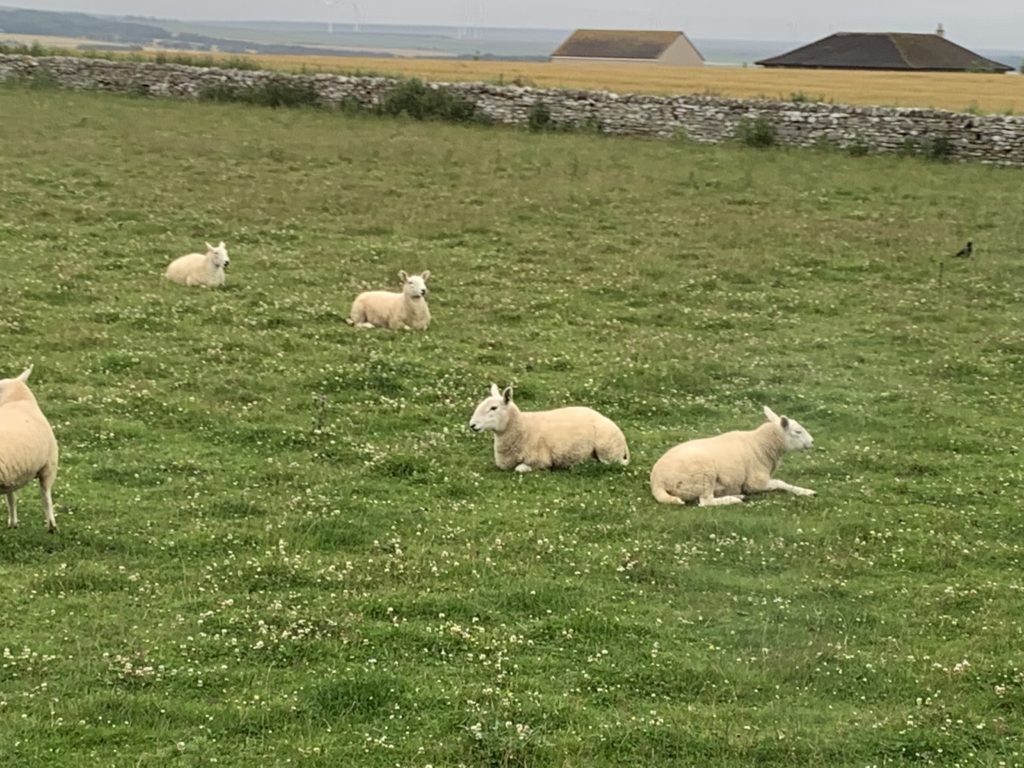
After a 3 hour drive, we arrived at John O’Groats pier to catch the ferry to Orkney. The O’Groats hotel by the pier with its colorful buildings added some drama to the landscape.
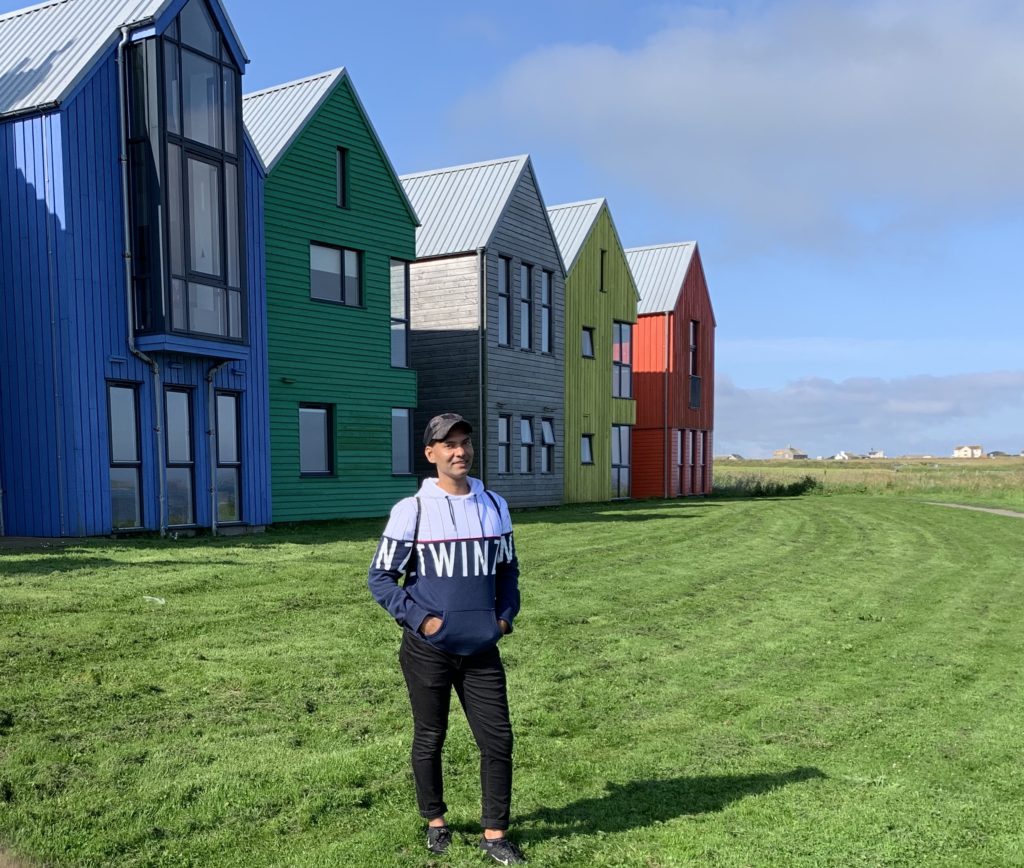
On the Orkney ferry, I met Meera Mehta, who lives in Leicester but grew up in India and moved to UK 40 years ago. A science teacher by profession who loves to travel and this was her first attempt to travel solo and has been enjoying it. What was fascinating is that her ancestors were from Rajasthan and followers of Jainism, similar to mine. The World surely is too small or too flat.

On my journey, I’ve seen people from Indian origin everywhere in the World. Yes, even in remote places, like Orkney. I saw two Indian restaurants in a town where 10 to 15 restaurants might be the tops.
The ferry ride was a lot of fun as we spotted whales and passed by uninhabited islands. If you want to make home in a new country with almost free housing, then these islands are calling your name.
The bus at Orkney pier was waiting for us to take us to “Kirkwall.”
On the drive, I spotted the “Highlands Hairy Cow” but could get their portrait. They were too shy, so this is the best I could capture them.
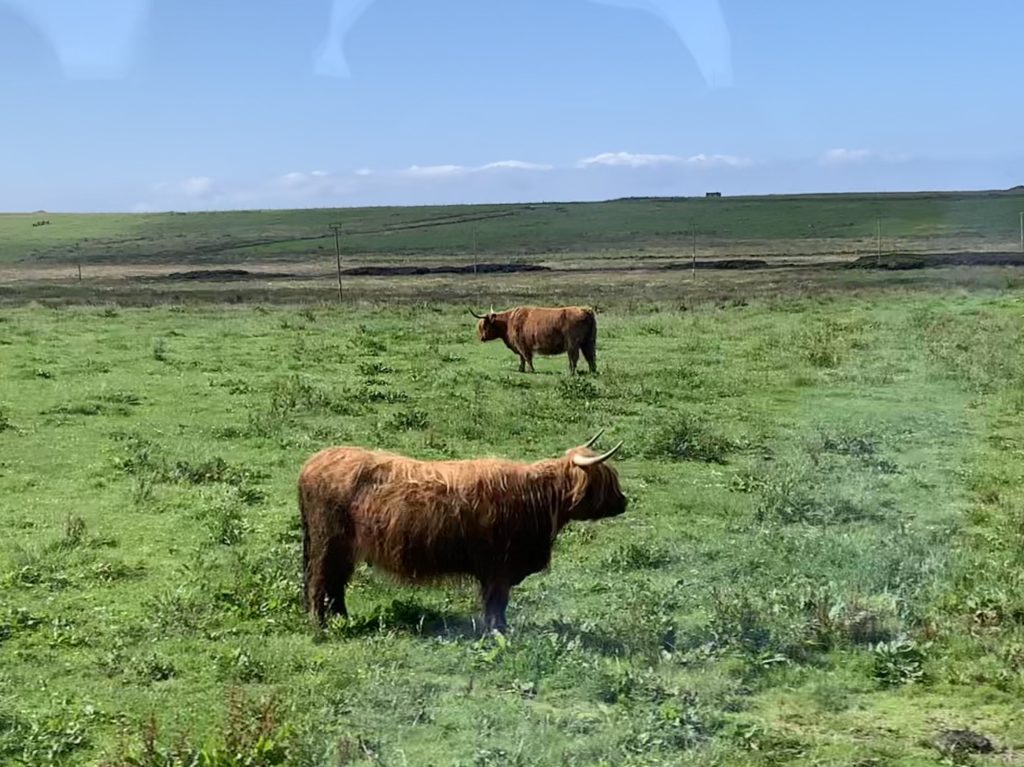
We drove through the Churchill Barriers whichare a series of four causeways which link the islands of South Ronaldsay, Burray, Glims Holm and Lamb Holm. They were commissioned by Winston Churchill during WWII to protect the anchorage at Scapa Flow, after the sinking of the HMS Royal Oak while it lay at harbour there in 1939. As construction was not completed until after the war had ended their lasting legacy was the linking of these five islands.
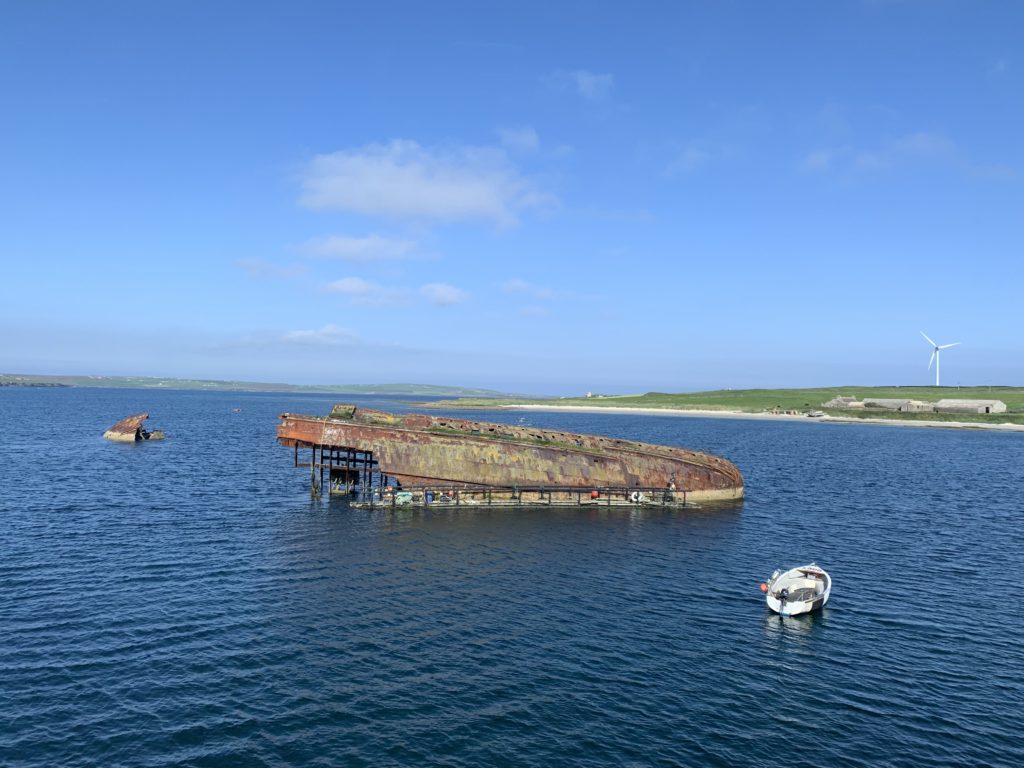
Kirkwall is a largest town in Orkney with Viking spirit and identity. There are lot of shops, galleries, cafes and restaurants. The 12th century Norse Cathedral, St. Magnus, dominates the skyline. This towns name Kirkwall “Kirkjuvagr” simply means “Church by the Bay,” and was named by the Norse who had settled here 1000 years ago. According to my tour guide, Orkney inhabitants has 70% Viking blood in their DNA, which they are very proud of.
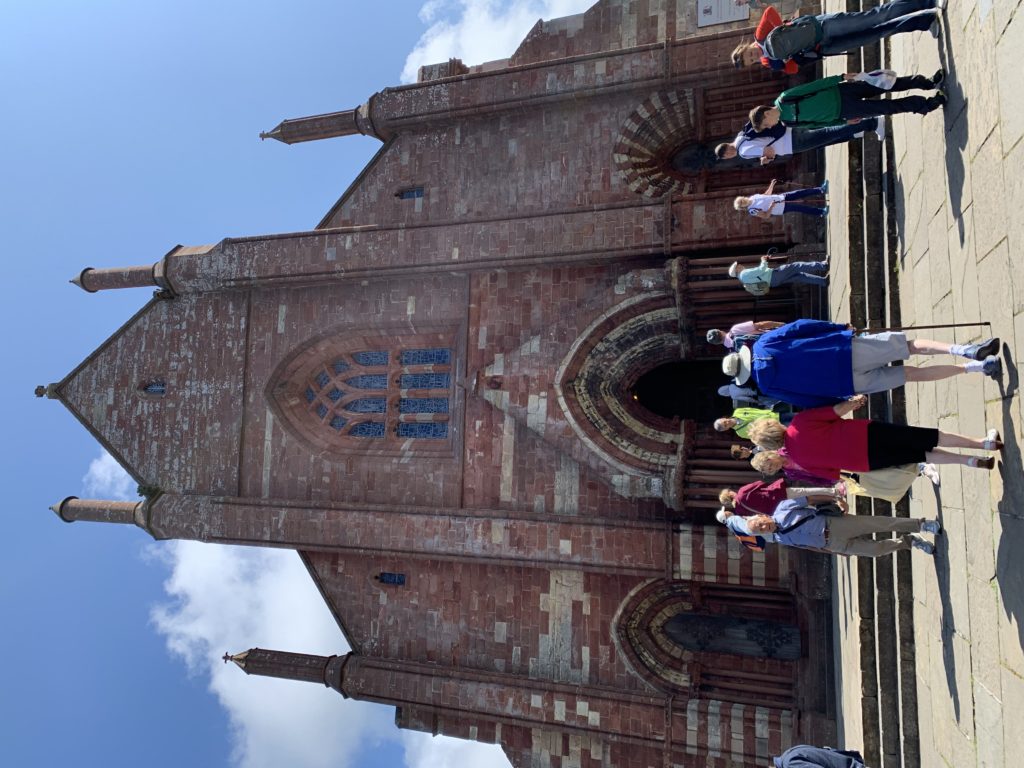
Skara Brae is an ancient Neolithic village that was discovered and excavated in 1850 after the great storm exposed the outline of number of stone buildings which were hidden under the sand for 4,000 years. This intrigued the local laird, William Watt, of Skaill, who embarked on an excavation of the site. Radiocarbon dating in the early 1970s confirmed that the settlement dated from the late Neolithic — inhabited for around 600 years, between 3200BC and 2200BC. Each house shares the same basic design – a large square room, with a central fireplace, a bed on either side and a shelved dresser on the wall opposite the doorway.
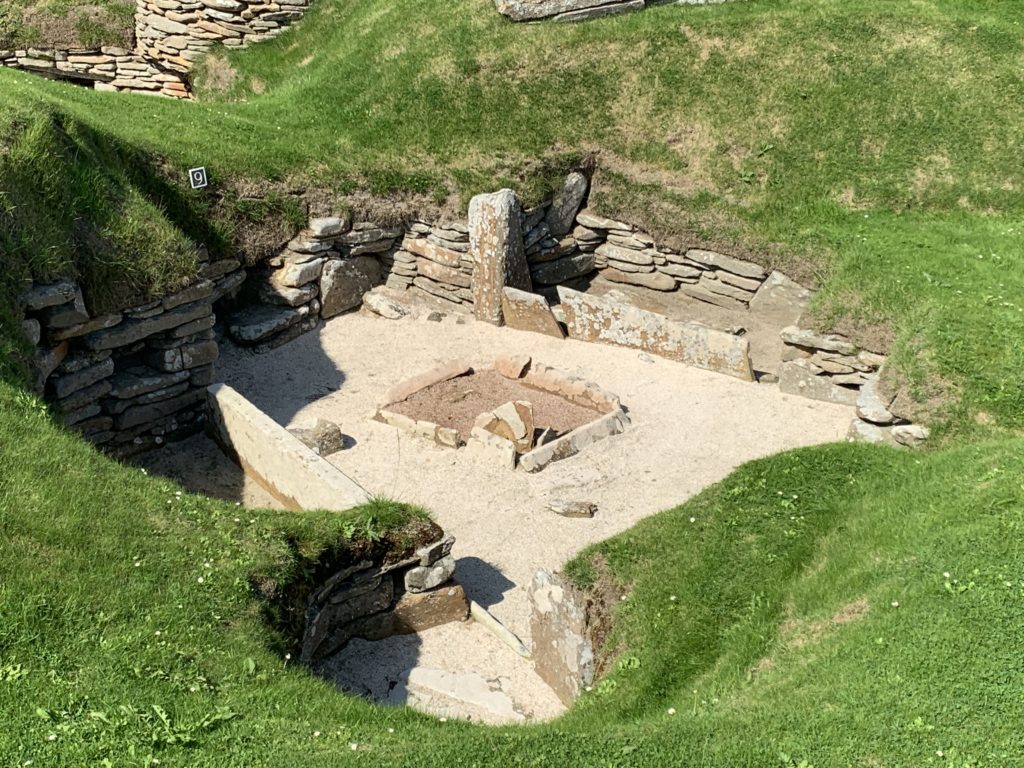
Skaill House is a 17th Century manor which was home to the laird who unearthed Skara Brae back in 1850. The house has been carefully restored gives a fascinating insight into Orkney’s diverse past.
Standing Stones of Stenness and Ring of Brodgarare ancient megaliths are the oldest stone circle in the British Isles, dating back to over 5,000 years. Whether the stones were used for astrological purposes, as a religious shrine or place of ritual, we will probably never know. Their sheer scale puts you in “awe,” and makes you wonder how did our ancients feel when they visited these sites.
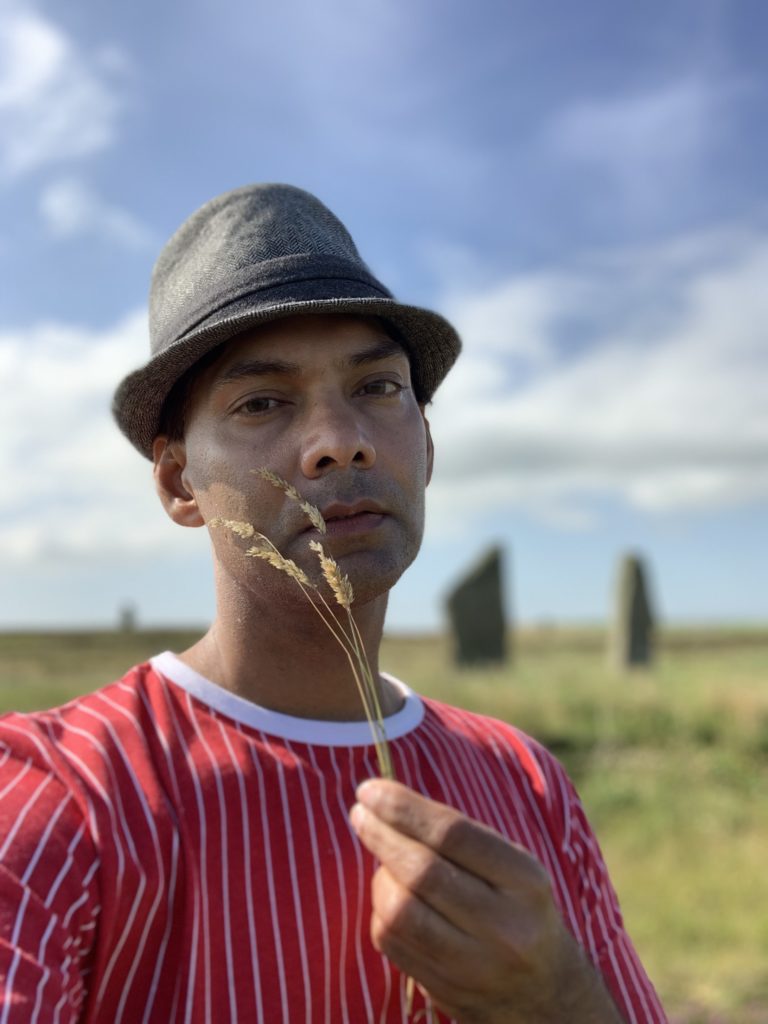
Italian Chapel was built by Italian prisoners of war during WWII.
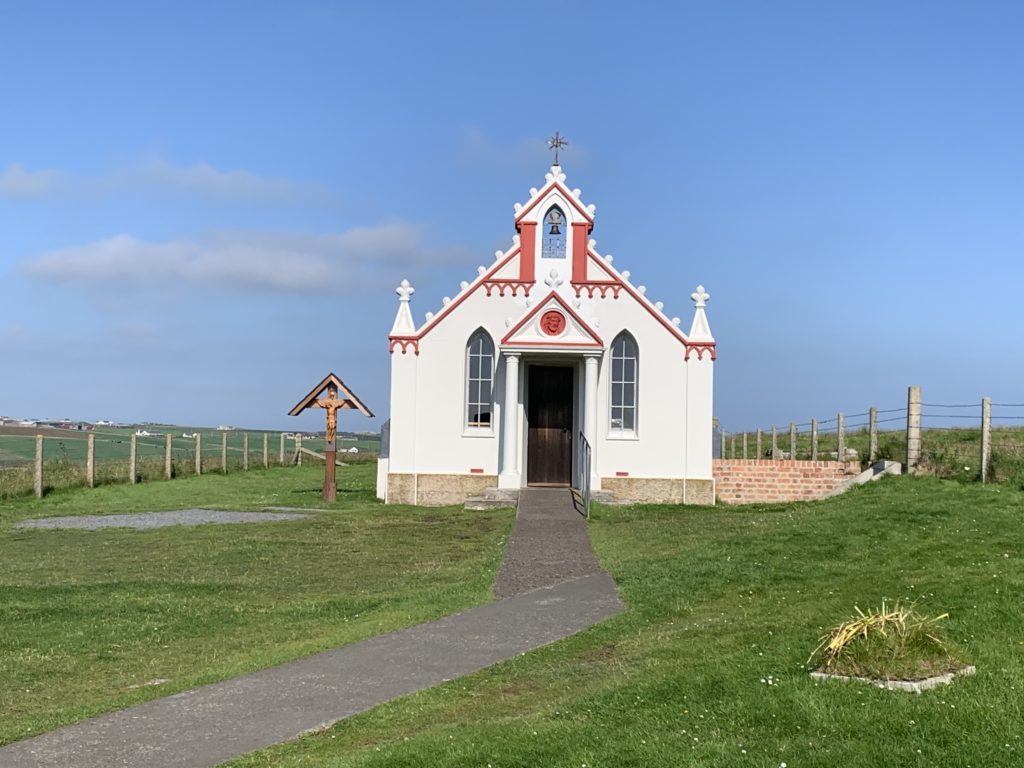
Around 5pm we boarded the ferry and then transferred to the bus to take us to Inverness. We got into town around 9pm. I was too exhausted after a fun and adventurous filled day, headed straight to my apartment and fell asleep in a jiffy.

